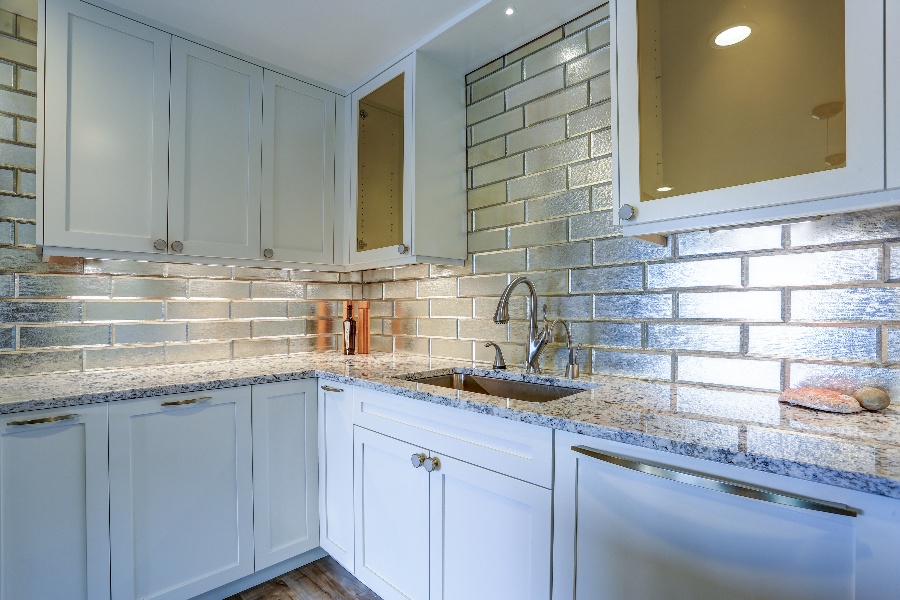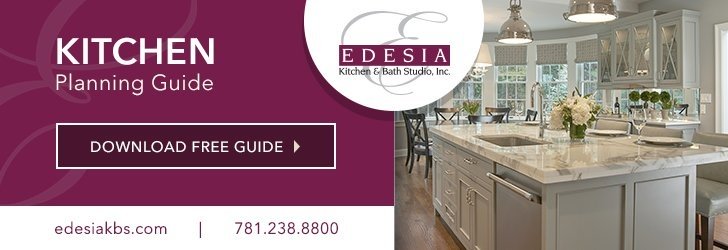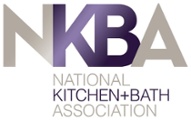In your kitchen, it's important that every surface be washable. During the course of a normal year of cooking, ingredients are spattered in a number of ways. Aerated grease and simmering sauces.
Splashes from stirring too fast and spills from fumbled containers are commonplace - and the more home-chefs, the more likely these messes will happen. This means everything that could be spattered, splashed, or coated in aerated food needs to be washable.
This is why kitchen floors are tile, kitchen cabinets are painted in enamel, and why we install backsplashes behind both the stove and the sink.
But is the kitchen backsplash necessary? If you don't want to add that tiled accent or if want to take out an unflattering backsplash, what are your options?
What is a Backsplash?
Okay, so first let's define what a backsplash is and why you might build one or not. Most countertops come with a "return" about 4-inches high that backs up to the wall.
This is a functional design that stops crumbs and spills from falling down the back of a cabinet into unreachable spaces - a practical solution to be sure. This is the essential backsplash and is pretty darn necessary, all told.
But you're probably thinking of the tile, mosaic, or otherwise semi-decorative panel behind the stove and/or sink. Both serve the same purpose - to protect your wall and prevent spills behind the back of the counter.
So do you need a specific type of backsplash for your kitchen? No. But you do need something that fills that purpose.
What a Backsplash Does for Your Kitchen
Protects the Drywall
Moisture and drywall do not get along, and neither do food residue and paint. The painted drywall of your kitchen - the parts not covered by cabinets and appliances - is still susceptible to moisture and will crumble if soaked regularly. A backsplash is particularly important behind the sink for this reason.
Prevents Down-Wall Drips
It is impossible to clean the wall behind your counter and behind emplaced kitchen appliances. So having a surface that curves up from the cooking surface is essential to prevent problematic crumbs or spills.
More Scrubbable than Paint
Paint on drywall is not always scrubbable. Even washable paint can take damage when cleaning up a serious mess. Backsplashes are designed to both contain mess and to be safely cleaned endless times.
Kitchen Backsplash Alternatives
Of course, not everyone is excited about adding a backsplash to their kitchen design. The good news is that you have options. You may be tearing out an old backsplash, looking for a modern update.
Or you might just not care for backsplashes aesthetically. Let's take a look at backsplash alternatives that fill the functional role but are not a traditional tile accent.
Extremely Protective & Washable Paint
In addition to your countertop lip or return, you don't actually need to install a backsplash item on the wall. If you have sturdy enough paint, it is possible to protect your drywall from splashes or spills with sealed pigment alone. Choose durable, washable, waterproof, and heat-resistant paint.
Enameled Cabinetry
Cabinetry is coated in enamel for the same reason that backsplashes tend to be made of tile or vinyl - to resist the messy and damp conditions of the kitchen. Enamel and enameled cabinetry can resist the conditions of the kitchen better than paint. By installing enameled surfaces or even using built-in enameled cabinetry as your backsplash, you can skip the traditional backsplash installation.
High Kitchen Wainscoting
Wainscoting is a sheath that goes over the lower half of a wall. It is often used decoratively and topped with a chair-rail. However, if your wainscoting is installed behind the appliances, sink, and kitchen counters and comes up several inches to three feet above the cooking surface - it can be your backsplash instead.
Tiled or Brick Walls
Tiled walls and painted brick can also serve as a backsplash. If you're not thrilled about installing a traditional backsplash, you can use matching tile or bricks to provide the same purpose without having your backsplash space stand out in the room.
Build-in Backsplash Appliances
Finally, you don't need to install a backsplash if the appliance or cabinet provides its own backsplash. For example, a stove that includes a backsplash piece connecting to the hood above does not need a separate backsplash installed.
Is a Backsplash Necessary in the Kitchen?
Functionally, yes. You do need something that prevents spills and protects the framing kitchen drywall from moisture and stains. But you don't need anything that you might call a traditional backsplash.
If you want a beautiful tiled mosaic or vinyl backsplash panel, you can have it! Or you can choose a creative alternative that serves the same purpose.
To consult on your kitchen backsplash design options, contact us today!









